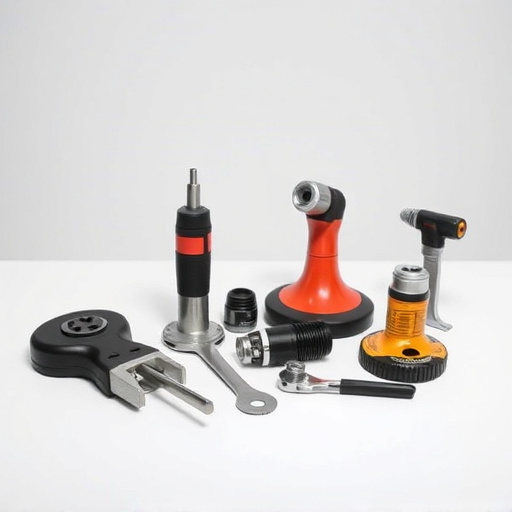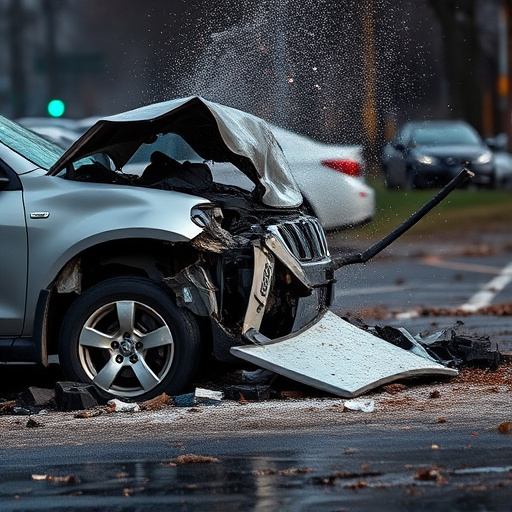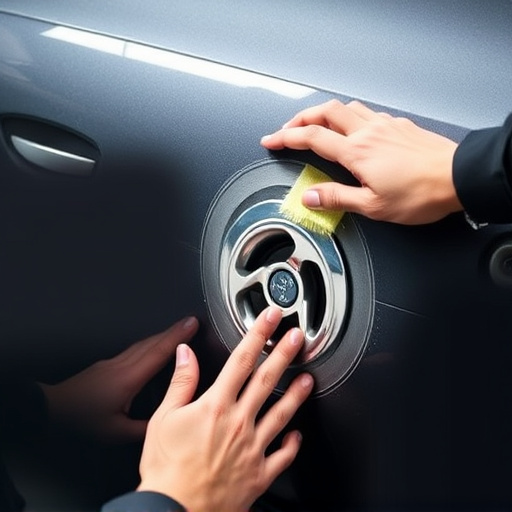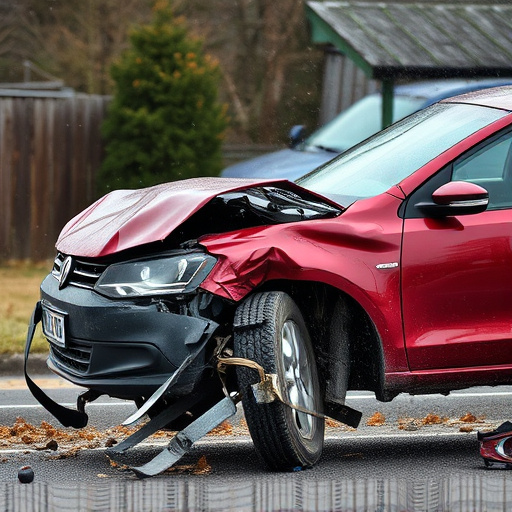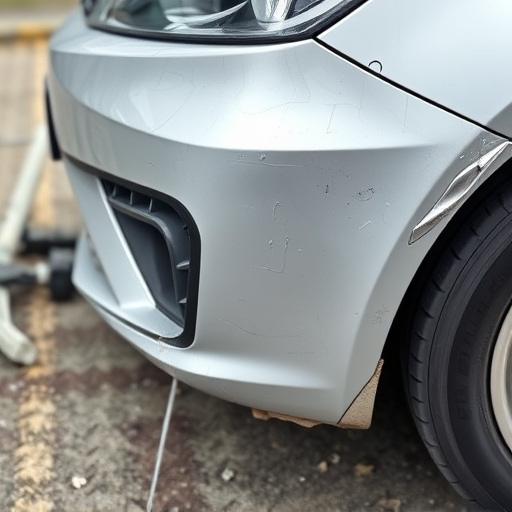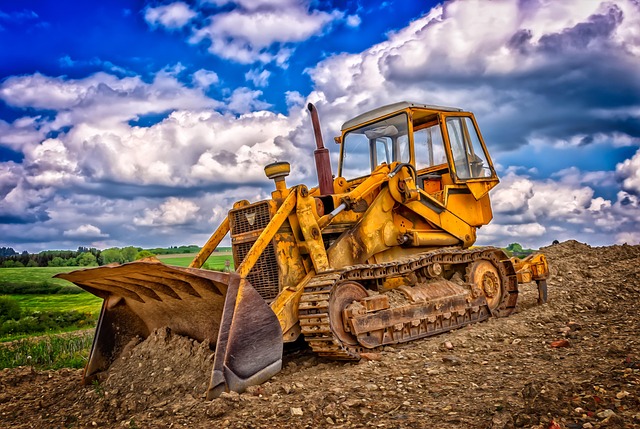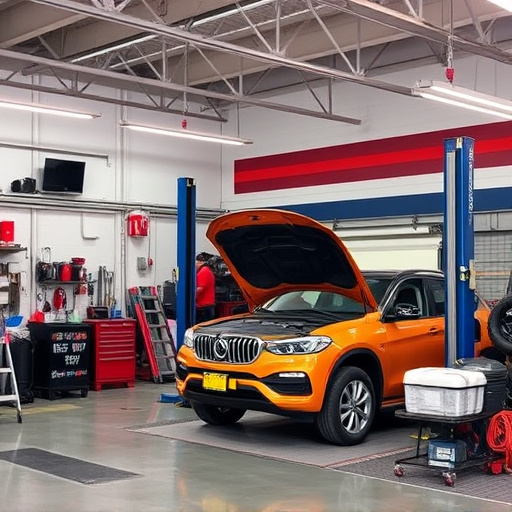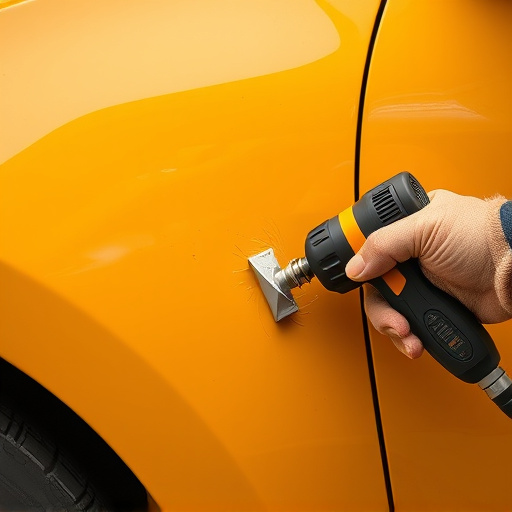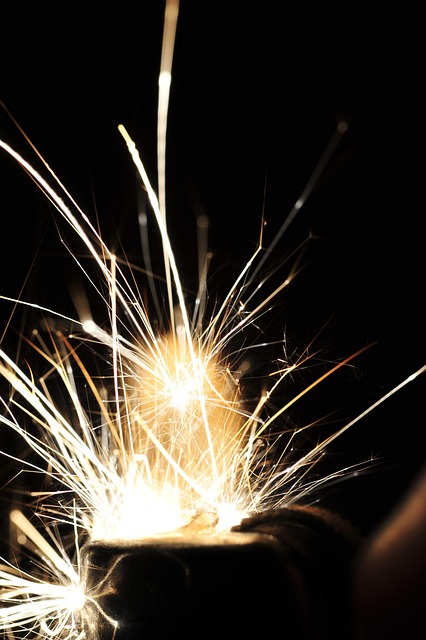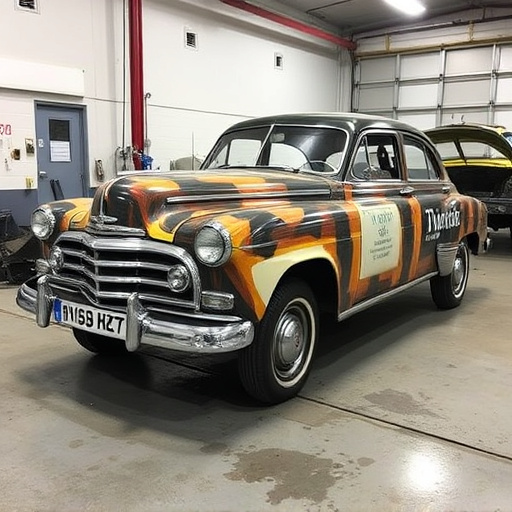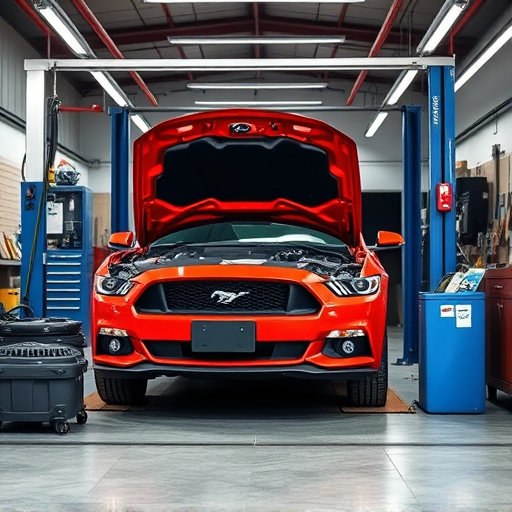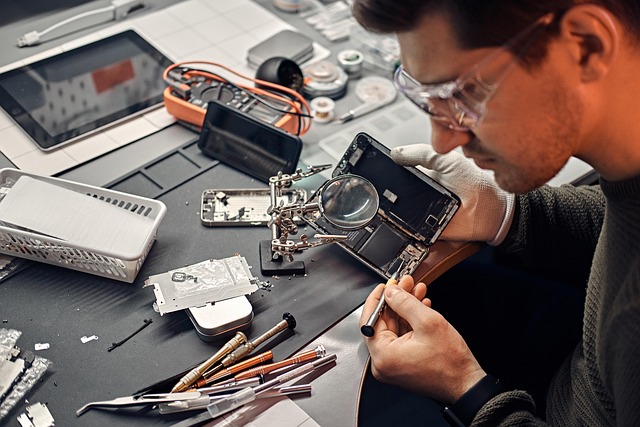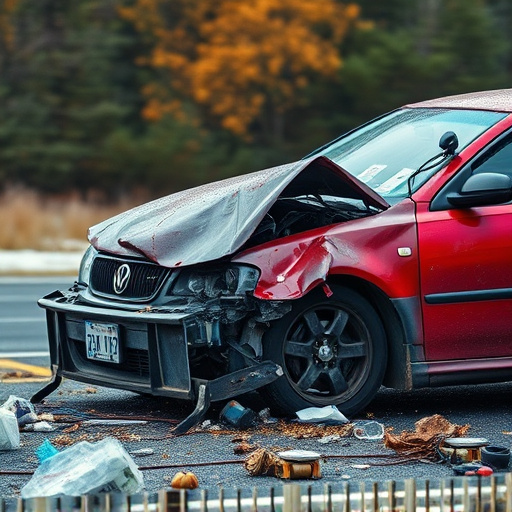Auto frame repair shops assess and address various vehicle damage issues, from visible bent metal and dents to hidden rust and structural weaknesses. Skilled technicians conduct thorough visual inspections, use advanced diagnostic tools like 3D measures and CAD software, and employ non-destructive testing methods to ensure precision and maintain original structural integrity. Expert paint repair techniques complement these processes, restoring vehicles to pre-accident conditions for enhanced safety and reliability on the road.
Auto frame repair shops are the unsung heroes when it comes to restoring safety and structural integrity to damaged vehicles. This article delves into the meticulous process these professionals employ to assess frame damage, a crucial step in any collision repair. From understanding common types like bent panels and twisted rails to advanced diagnostic tools, each phase ensures accurate evaluations. By combining visual inspections with cutting-edge technology, auto frame repair shops accurately determine the extent of damage, facilitating effective and precise repairs.
- Understanding Common Frame Damage Types
- The Initial Visual Inspection Process
- Advanced Diagnostic Tools & Techniques
Understanding Common Frame Damage Types
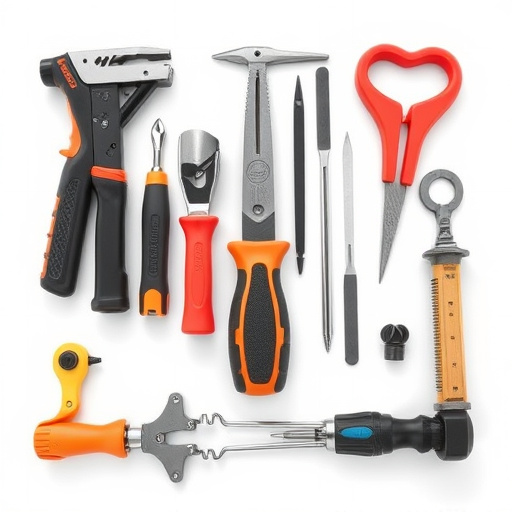
Auto frame repair shops encounter various types of frame damage when assessing vehicles brought in for repairs. Common issues include bent or twisted metal from accidents, collisions, or even harsh driving conditions like potholes and speed bumps. Dents, creases, and buckling are visible signs that require expert attention to ensure structural integrity.
Beyond physical deformities, vehicle body shops may also identify hidden damage such as rust or corrosion which can compromise the frame’s strength. These underlying issues often manifest from water intrusion, previous repairs, or prolonged exposure to elements. Knowing these common types of frame damage enables auto frame repair specialists to employ precise techniques, using tools and equipment tailored for each specific problem, whether it involves straightening panels, replacing damaged components, or addressing corrosion concerns through specialized treatments. This meticulous process ensures that vehicles are restored to their original structural soundness, enhancing safety and reliability on the road.
The Initial Visual Inspection Process
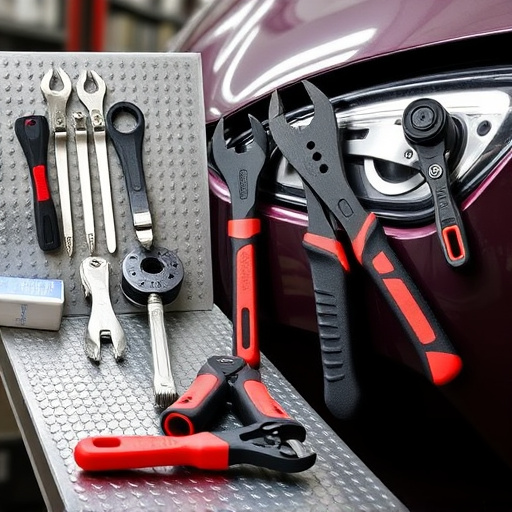
During the initial visual inspection, auto frame repair shops carefully examine the vehicle’s frame for any signs of damage. Skilled technicians use their expertise to walk around the car, inspecting it from all angles. They look for obvious deformities like bent metal, cracked or broken components, and misaligned body panels. This step is crucial as it provides a preliminary understanding of the extent of the frame damage.
The process involves checking critical areas such as the chassis, floorpan, and unibody structure. Technicians may also use specialized tools to measure any discrepancies in the vehicle’s dimensions, ensuring that each part is aligned correctly. This visual assessment often determines the next steps in the repair process, guiding the selection of more advanced diagnostic techniques and automotive repair services required to fix the car’s frame, including potential bumper repair or bodywork repairs.
Advanced Diagnostic Tools & Techniques

In the realm of auto frame repair, advanced diagnostic tools and techniques have become indispensable. These cutting-edge technologies enable highly skilled technicians to meticulously inspect and assess even the subtlest damage to a vehicle’s frame. By employing specialized equipment, such as 3D measuring systems and computer-aided design (CAD) software, shops can accurately determine the extent of the collision repair needed. This level of precision is crucial for ensuring that every component of the frame is restored to its original specifications, guaranteeing both structural integrity and optimal safety.
Advanced diagnostic methods go beyond simple visual inspections. They incorporate non-destructive testing techniques like ultrasonic scanning and infrared thermography to uncover hidden damage or stress points within the frame. These innovative approaches play a pivotal role in the overall collision repair process, especially when coupled with expert knowledge of vehicle paint repair. By combining these resources, auto frame repair shops deliver top-tier services, restoring vehicles to their pre-accident condition and providing peace of mind for car owners.
When it comes to auto frame repair, a thorough assessment of frame damage is paramount. From understanding common types like collision-induced bending and twisting to employing advanced diagnostic tools, shops meticulously inspect vehicles. This process ensures accurate repairs, restoring not just structural integrity but also the safety and resale value of the vehicle. Trusting your car’s framework to experts equipped with modern techniques is key to a successful auto frame repair outcome.
